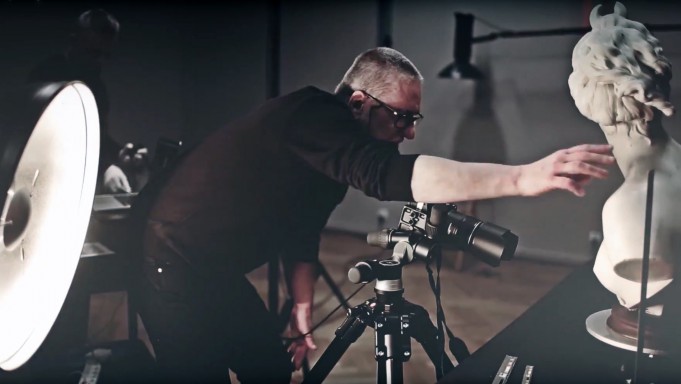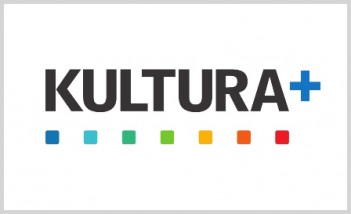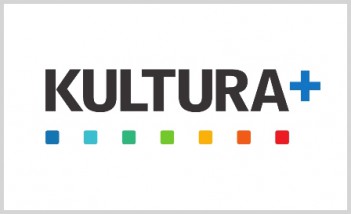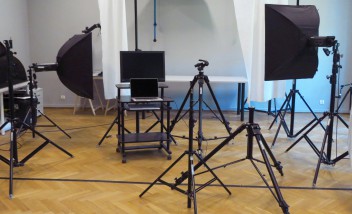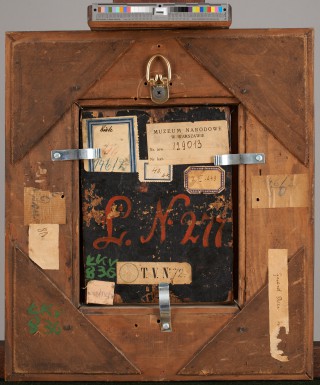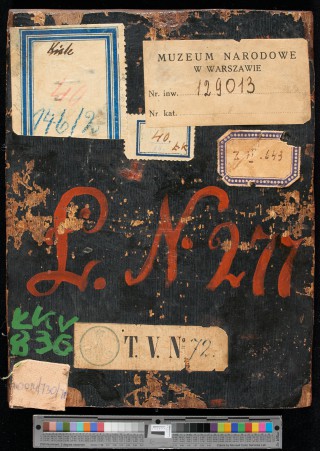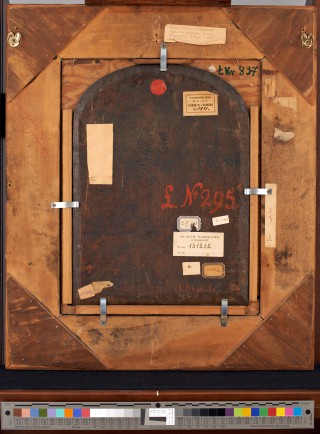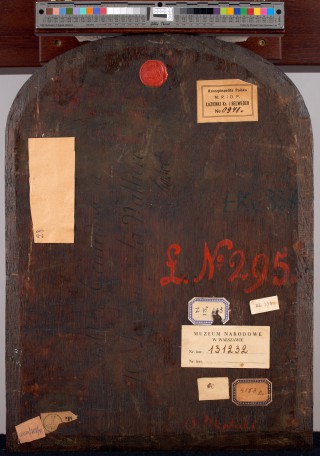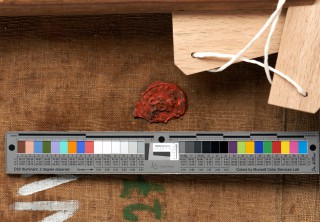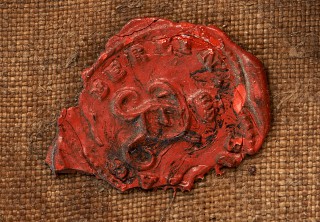
Digitization – the twenty-first century process of documenting collections

In accordance with the main statutory provision, every museum is obliged to protect the artefacts entrusted to it. This includes documenting their state of preservation as well as possible, conducting academic and technological research to increase knowledge about specific exhibits and enable their appropriate management.
The objective of basic digital museum data is to provide full access to items of cultural heritage in the public domain to a wide global audience
In the case of art collections, this not only means providing basic information, but also enabling the user of the digital documentation to perceive the nuances and quintessential nature of a given work of art. The need to register complex spatial dependencies and shades of colour means that this is undoubtedly the most challenging area of the digitization process.
After processing (simplifying the data, changing the ICC [International Colour Consortium 1] profile), an accurate digital image of the object is made and then archived in the form of a source file, which should satisfy all areas of use.
The process of digitizing the Royal Łazienki collections started in 2013 with the entry into the Long-Term Government Culture + Programme,
A Digitization Team was appointed and given the task of preparing and implementing a strategy of digitizing and providing access to the collections for 2013–2018. From the outset there has been collaboration with the National Institute for Museums and Public Collections, which is the Centre of Excellence in digitizing museum artefacts.
At the same time, technical infrastructure was established for the digitization studio . Four rooms were adapted and photographic equipment, studio lighting, computer graphic stations with reference monitors, software, colour charts and measuring devices were purchased.
The funds allocated to the Museum in the Long-Term Programme, together with internal funding, were used to create facilities for digitizing museum artefacts based on state-of-the-art technologies from Bowens, Manfrotto, Nikon, Eizo, X-Rite, and Apple.
A system of verifying the images obtained according to FADGI (Federal Agencies Digitization Guidelines Initiative) and ECI (European Colour Initiative) standards was implemented. The capabilities of CMS (Colour Management System) are used to the full to ensure the maximum possible electronic imaging of the original.
What are the benefits of providing such a large amount of funding, state-of-the-art technology, knowledge and experience of specialists?
Above all, the “invisible” becomes visible...
Knowledge and aesthetic experience currently only available to a small handful of specialists becomes widely accessible. Literally anyone now visiting the Virtual Museum Gallery can see, for example, the nuances of the colours and admire the artistic mastery of the artist. All these works—inaccessible in the real world, where they are separated by barriers and security systems, now become public property through digitization and free access.
Digital documentation of 1050 artefacts from the Stanisław August Poniatowski Collection was prepared in the first stage of the digitization. Some of the images which have been already prepared are available in the Virtual Museum Gallery.
